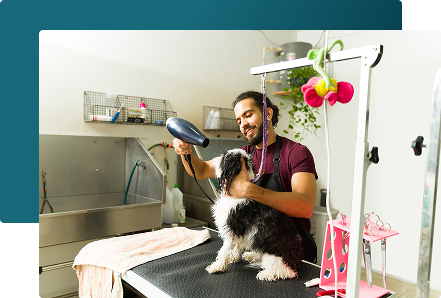Spot slow-moving items:
Regularly check your sales data. That $300 luxury dog bed sitting for 4 months needs attention. Mark it down before it becomes dead inventory.
Automate for fast-movers:
Set up automatic reordering for items like pet food. This way, you’ll stay stocked without overthinking it.
Strategic buying for high-margin items:
Be intentional with your buying. Order premium toys and accessories for the holiday season and flea treatments before spring hits.
Analyze customer buying patterns:
Look at what products customers buy together. For example, pet food and treats. Bundle or offer promotions based on this data.



